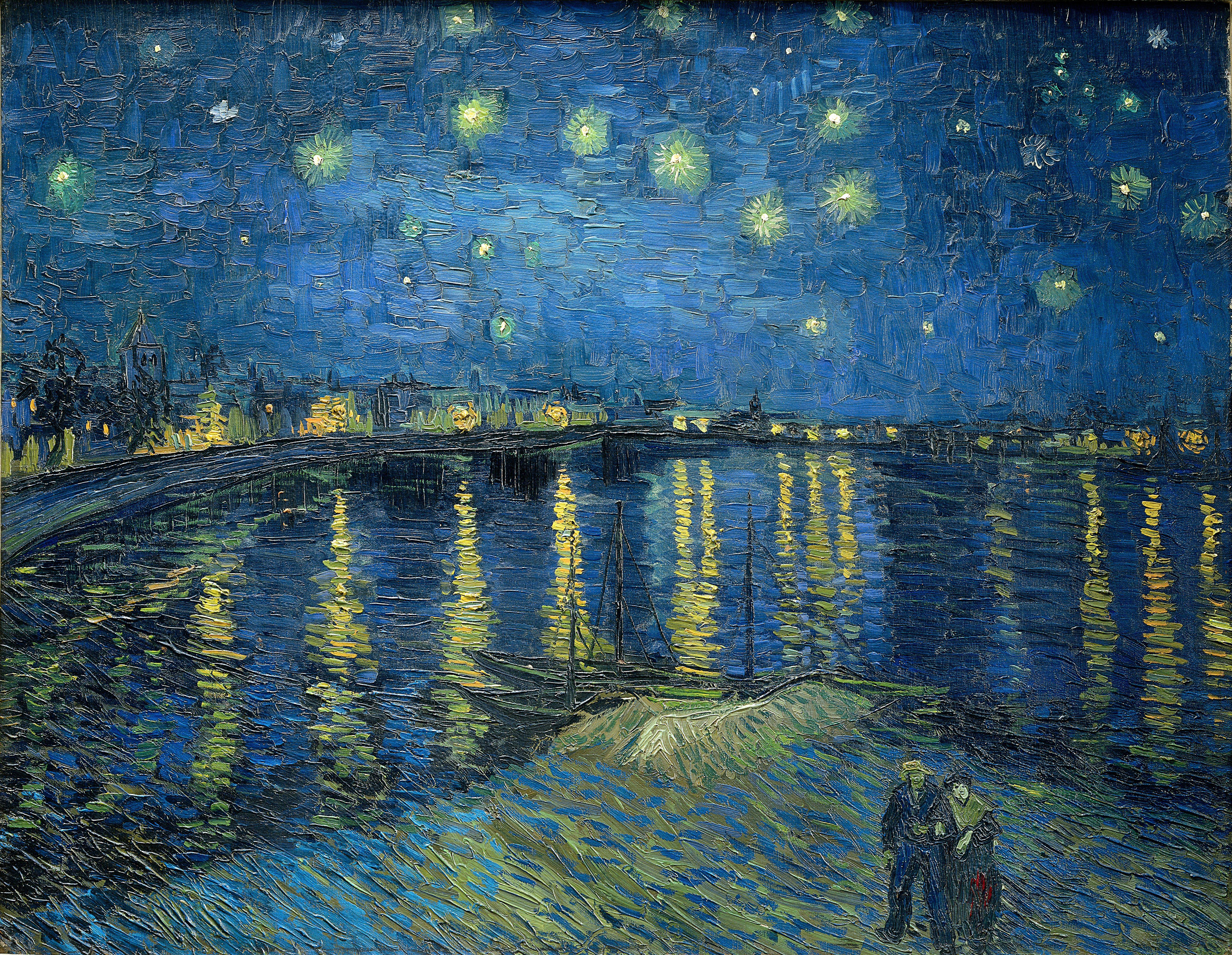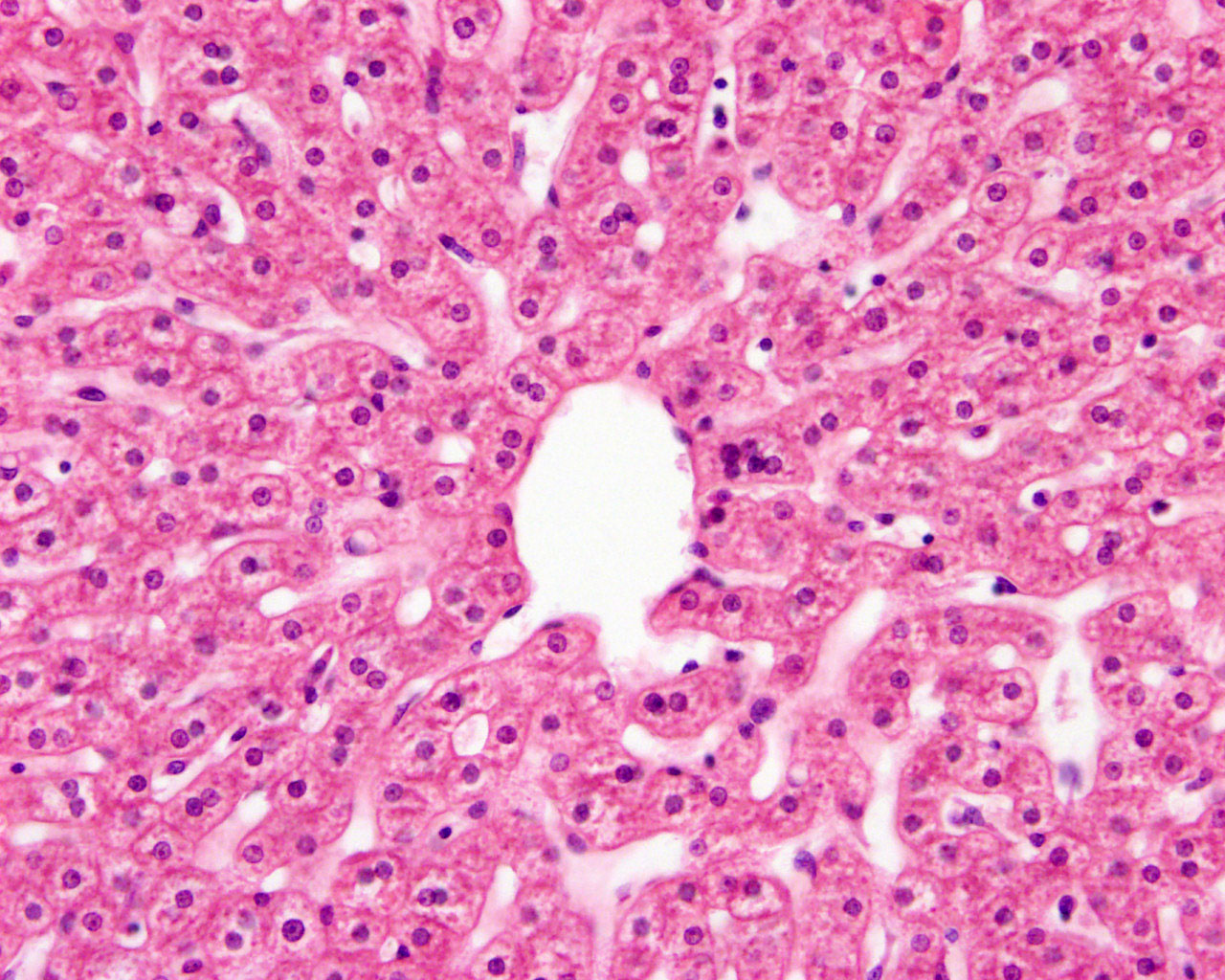I found something last weekend that has me excited. The kind of excited that has you talking about it, mulling over it, thinking about it when your suppose to be studying something else.
Let me tell you what it is. It is Eyewire - an opportunity for anyone to help advance neuroscience.
One of the most challenging aspects of neuroscience is understanding what the brain (or in this case - retina) -at the cellular level - looks like. Where are the synapses? Which neurons connect with which neurons? And so on. One of the ways to find out is to assemble 3D models or reconstructions of sections of the neural system.
The process of reconstructing every neuron & the synappses it forms with others & their supporting cells..........is lengthly and time consuming to say the least. One lab has come up with a way to speed up the process and allow anyone to contribute to groundbreaking science!
Eyewire: an online game where you can reconstruct neurons from electron micrographs! Its free, easy to learn, social (there's a live chat, a blog, a FB group, etc), has a beautiful and easy to use user interface, and the player is contributing to the one of the next great scientific acheivements!
Find out for yourself, the link below is to the blog, from there you can also watch videos and visit the online game.
http://blog.eyewire.org/about/
Link to Histology: viewing thousands of cells in 3D! By building the 3D models, we will discover so many new things! Histology on a grand scale!

